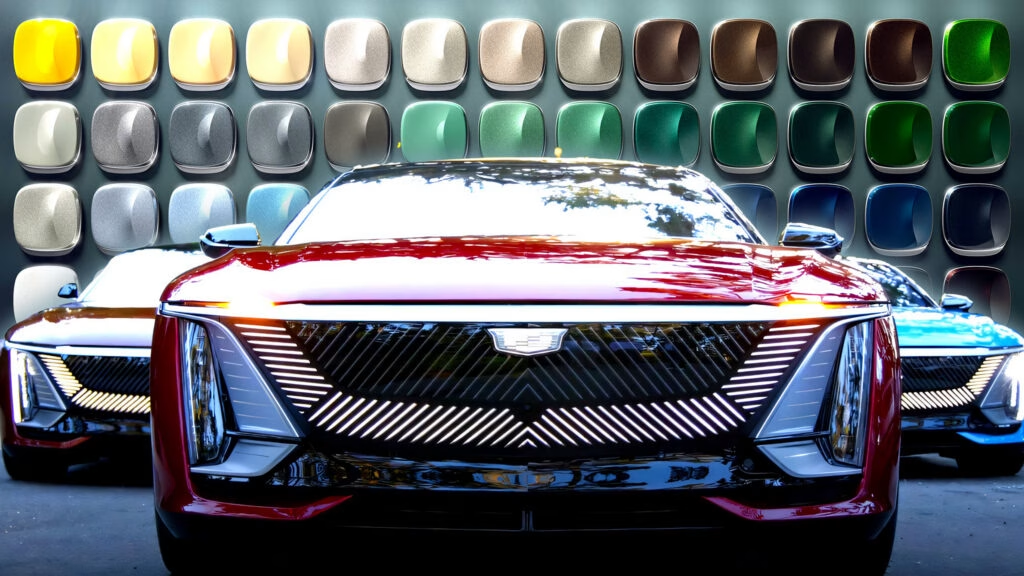Choosing the right car color can be more than just a matter of personal preference; it can significantly impact your vehicle’s resale value. Recent studies have shed light on how certain colors hold their value better than others, providing valuable insights for both buyers and sellers in the used car market. If you’re looking to make a smart investment or simply want to understand the implications of your color choice, here’s what you need to know.
What Colors Retain Value Best?
According to a comprehensive analysis by iSeeCars, certain colors consistently outperform others when it comes to retaining value over time. The standout performers are yellow, orange, and green. These colors have shown remarkable resilience against depreciation, with yellow cars losing only 24% of their value after three years, orange vehicles losing 24.4%, and green cars faring slightly worse at 26.3%.
The reason behind this trend? It’s all about supply and demand. While these colors may not be the most popular choices, they tend to have a dedicated following. As iSeeCars Executive Analyst Karl Brauer points out, the demand for these less common colors often exceeds supply, which helps maintain their value in the used car market.
Here’s a quick look at the top colors that keep their value after three years:
1. **Yellow**: 24.0% depreciation ($13,667)
2. **Orange**: 24.4% depreciation ($9,951)
3. **Green**: 26.3% depreciation ($13,152)
4. **Beige**: 29.5% depreciation ($18,455)
5. **Red**: 29.8% depreciation ($13,013)
Interestingly, the trend has remained stable over the years. The top three colors for value retention have not changed since 2017, indicating a consistent market preference.
What About the Less Popular Colors?
If you’re on the hunt for a bargain, you might want to consider the more common colors like black, white, and gold. These hues typically depreciate more significantly, with black cars losing 31.9% of their value, white cars at 32.1%, and gold cars taking the biggest hit at 34.4%. The reasoning here is straightforward: with so many vehicles in these colors available, buyers have plenty of options, which drives prices down.
Brauer explains that while black and white are popular choices, their prevalence means they lack distinction in the used market. This oversupply can lead to a more competitive pricing environment, making it easier for buyers to find lower-priced models.
How Do Truck Colors Compare?
When it comes to trucks, the color dynamics shift a bit. Orange, green, and gray trucks are the top performers in terms of value retention, with orange trucks losing only 16% of their value over three years. In contrast, white, beige, and red trucks tend to depreciate more significantly, with losses ranging from 28.3% to 28.8%.
This variation highlights the importance of considering the vehicle type when selecting a color. What works for cars may not necessarily apply to trucks, and vice versa.
The Broader Market Trends
Overall, the trends in color depreciation have remained relatively unchanged over the years. In fact, the same colors that topped the list in 2017 and 2022 are still leading the pack today. This consistency suggests that color choice is a significant factor in vehicle value retention, and it’s worth considering when making a purchase.
So, what’s the takeaway here? Your choice of car color can indeed influence its resale value. While it might not be the sole factor in your decision-making process, it’s an important consideration that could save you money in the long run.
Next time you’re in the market for a vehicle, think beyond aesthetics. Opting for a less common color could mean a better return on your investment down the road. The big takeaway? Choosing the right color isn’t about perfection—it’s about smarter adjustments. Start with one change this week, and you’ll likely spot the difference by month’s end.

